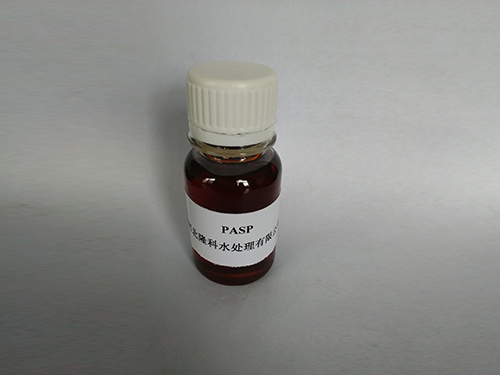flocculation in water purification
Flocculation in Water Purification An Essential Process for Clean Water
Water is one of the most vital resources on Earth, necessary for survival, agriculture, and industry. However, ensuring that water is safe for consumption is a significant challenge due to the presence of various impurities, pathogens, and hazardous chemicals. One effective method employed in water purification is flocculation, a natural process that plays a crucial role in enhancing water quality and ensuring safe drinking water.
Flocculation is a process whereby fine particulates, colloids, and pollutants in water aggregate into larger clusters, known as flocs. These flocs can then be easily removed from the water through sedimentation or filtration. The mechanism of flocculation typically involves the addition of chemical agents known as coagulants or flocculants, which are often charged molecules that neutralize the charges of the suspended particles in the water. This neutralization reduces the electrostatic repulsion between the particles, allowing them to come together and form larger aggregates.
The flocculation process can be broken down into several key stages coagulation, floc formation, settling, and removal. Initially, coagulants, such as aluminum sulfate or ferric chloride, are added to the water. These chemicals assist in destabilizing the suspended particles, causing them to collide and bond with one another. As the particles group together, they form visible clumps of floc.
Once these flocs are formed, the next step is settling. In a designated sedimentation basin, the heavier flocs naturally sink to the bottom due to gravity, separating them from the clearer water above. This step is critical, as it helps reduce the load of contaminants in the water and allows for cleaner water to be collected for further treatment or direct use.
flocculation in water purification

After the sedimentation process, any remaining flocs and smaller particles may be eliminated through filtration. Filtration systems, such as sand, activated carbon, or membrane filters, further purify the water, ensuring that it meets health standards before it reaches consumers.
The effectiveness of flocculation is influenced by several factors, including the type of coagulant used, water temperature, pH levels, and the characteristics of the contaminants. For instance, acidic or alkaline conditions can significantly affect the behavior of coagulants and, consequently, the efficiency of flocculation. The choice of coagulants is also crucial; some may be more effective for specific types of contaminants than others.
One of the primary advantages of flocculation in water purification is its ability to remove a wide range of contaminants, including sediments, bacteria, viruses, and organic matter. This versatility makes flocculation an essential component of various water treatment processes employed in municipal water treatment plants and industrial applications. Furthermore, flocculation is often a cost-effective solution, as it requires relatively low chemical input compared to other water treatment methods, such as advanced filtration or reverse osmosis.
However, challenges remain. Overuse of coagulants can lead to residual chemicals in the treated water, which may pose health risks. Additionally, the disposal of sediment collected from the flocculation process requires careful management, as it may still contain harmful contaminants. Therefore, ongoing research is necessary to improve flocculation techniques and minimize any potential environmental impact.
In conclusion, flocculation is a fundamental process in water purification that significantly contributes to providing clean and safe drinking water. By aggregating impurities into larger particles for easy removal, flocculation effectively reduces the concentration of contaminants in water. As global demand for clean water continues to rise, understanding and optimizing flocculation processes will be imperative for sustainable water management and public health. Efforts to innovate and refine water treatment methods will ensure that future generations have access to this precious resource, fostering a healthier and more sustainable world.
-
Water Treatment with Flocculant Water TreatmentNewsJun.12,2025
-
Polymaleic AnhydrideNewsJun.12,2025
-
Polyaspartic AcidNewsJun.12,2025
-
Enhance Industrial Processes with IsothiazolinonesNewsJun.12,2025
-
Enhance Industrial Processes with PBTCA SolutionsNewsJun.12,2025
-
Dodecyldimethylbenzylammonium Chloride SolutionsNewsJun.12,2025





